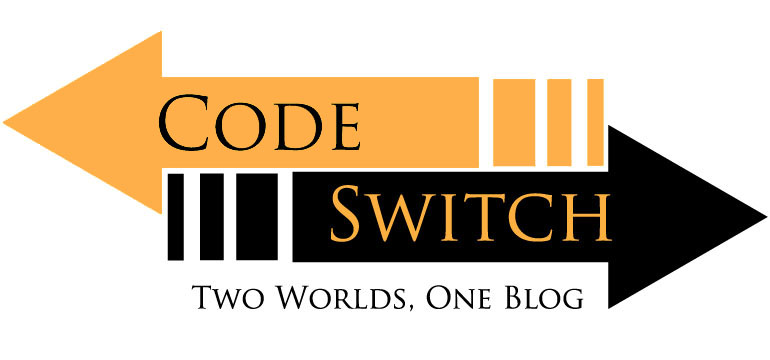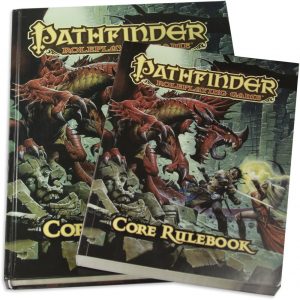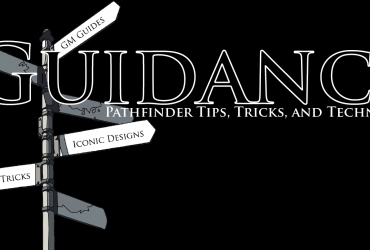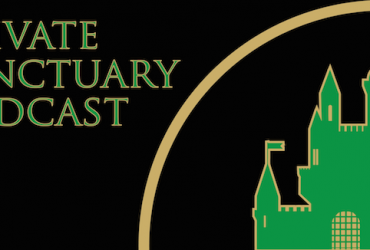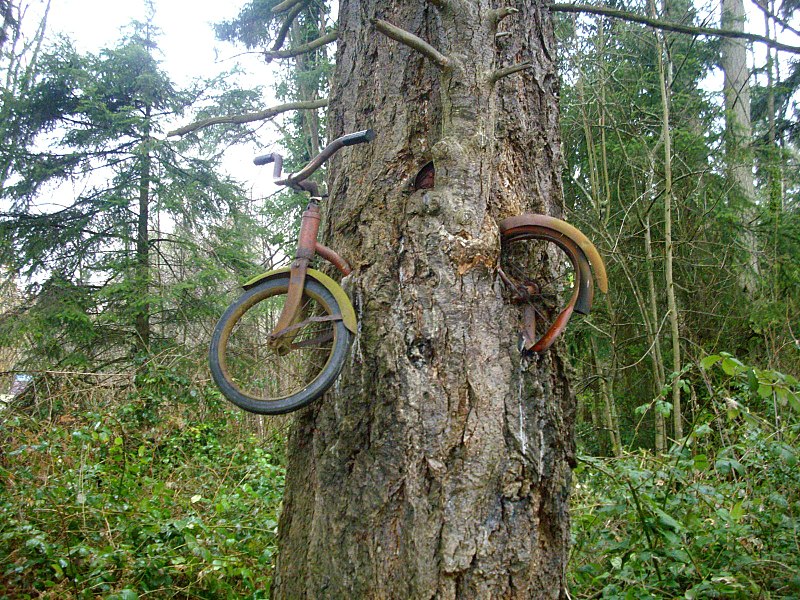Language is hard. There’s a dizzying array of ways to say anything you could possibly want, like “good” has 52 synonyms as per Thesaurus.com. Each of those synonyms also has its own definition and individual meaning. To reiterate; Language is Hard. My biggest difficulty in regards to language is technical language and Pathfinder.
What is Technical Language?
Technical language is a type of communication that uses specific terms to mean specific things. There is very little ambiguity in terms to ensure clarity and limit misunderstandings. In everyday life you’d see technical language most often in education, medical, and tax documentation.
What Does Technical Language Have to do With Pathfinder?
Tons. Pathfinder has a litany of rules which are all written to mostly work with each other. The things written for 3.5 still work today in post-Horror Adventures. The lines wide range of interchangeable rules and products are bound together by technical writing. Types of rolls, types of bonuses, types of actions, order of actions, all these things stay constant and understandable. A move action is the same for a Grippli rogue as it is for a Centaur magus.
If it’s so Clear, Why Does it Trip You Up?
Narratives. As a GM I have a story to tell, and all too often I use a technical word as a descriptive term and my players flip. For example I had an encounter where they faced what I described as “A huge wasp swarm”. My players freaked and started grilling me on how a swarm could be huge and how it was inappropriate. What they actually were facing where 3-4 giant wasps that flew in as part of a swarming offensive. Huge and Swarm are both terms Pathfinder uses mechanically and using them informatively threw my players for a loop.
Size is generally difficult for me. Pathfinder uses the words; fine, diminutive, tiny, small, medium, large, huge, gargantuan, and colossal as technical language for how big something is. Cats are normally in the tiny category, but if you hit a gnome with reduce person they’d become tiny. Tiny is a standard measurement which is roughly the size of a cat. Conversely hitting a large Ogre with enlarge person would make them a huge Ogre. Narrative describing them as large or huge would be appropriate, but in Pathfinders technical terms, huge would describe a humanoid 16-32 feet tall.
Additionally I have a bunch of other things I can’t say without rampant discussion like; how bright an area is, what cover is, and move equivalent. Seriously, what are the brightness rules? I bet 2 of you know them in their entirety and everyone else has been home-ruling stuff. Also cover, oh cover. So many pictures and diagrams it seems no-one has ever looked at and super-subjective penalties/bonuses.
As an example, if you’re thinking these things aren’t confusing. You can be shooting at an enemy whose at a corner in Dim Light (20% miss chance) with Partial Cover (+2 AC/+1 reflex save) through an ally Soft Cover (+4 to AC). This enemy is hella-hard to hit and you’d describe it probably as “At the corner in dim light”. All those bonuses it gets are explained in that description, but when your player rolls an 18 and misses or has to roll a %ile die, they’re going to be confused, especially if they are new.

Junior is deciding if being a Shadowdancer is worth the constant arguments about ambient lightning. (It’s not).
So Language Will Always Be Confusing, What Now?
I want to help reduce table confusion. I’ve scoured my brain and the internet to provide descriptive terms that don’t overlap with mechanical terms but provide comparable narrative description.
Fine: Dust-like, Particulate, Rice, Sand, Gravel, Powdery.
Diminutive: Miniature, Wee, Doll-sized, Short.
Tiny: Miniature, Short, Squat, Petite, Little.
Small: Halfling-sized, Little, Short, Knee-High, Fits-in-a-Breadbox
Medium: Human Sized, Eye-level.
Large: Big, Lofty, Wide, A Head Taller.
Huge: Big, Lofty, High-up, Wide, Bigger-Than-A-Doorway, Head-Touches-the-Ceiling.
Gargantuan: Mammoth, Humungous, Giant, Goliath-Like, Shack-Sized.
Colossal: House-Sized, Massive, Titanic, Enormous, Immense.
Cover: Behind Obstacles, Obstructed, Protected, Impeded.
Concealment: Shifting, Shuttering, Ethereal, Ghostly, Skulking.
Lighting: Abundant, Mid-day Sun, Eve, Dusk, Dawn, Shadowy, Inky, Abyssal, Meager.
Hopefully these synonyms and descriptions can help you in your game and alleviate some confusion. It could just be I’m a mediocre GM, but I have a feeling this isn’t isolated to me. Drop me a comment with some narrative strats or great gazebo stories.

